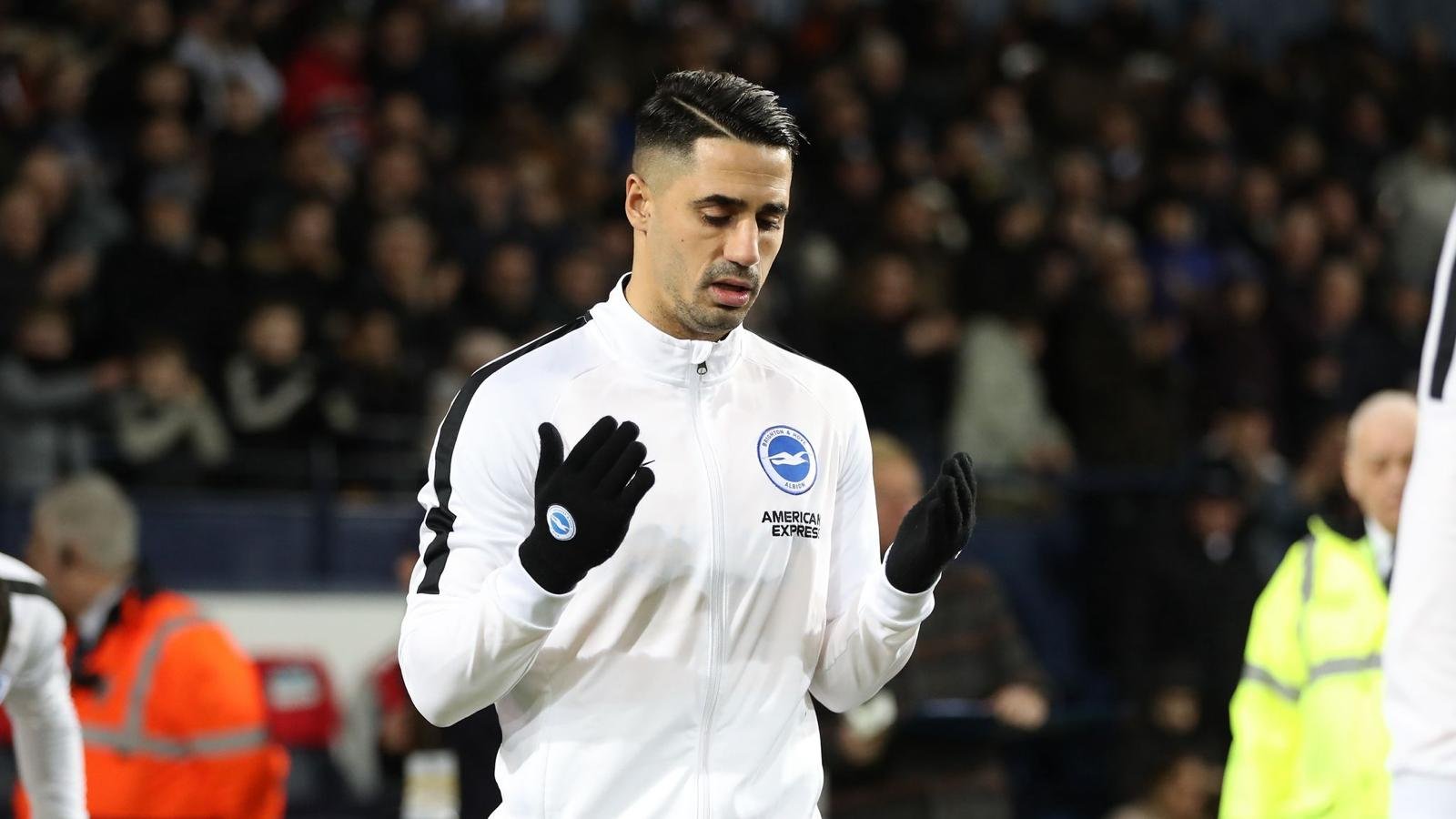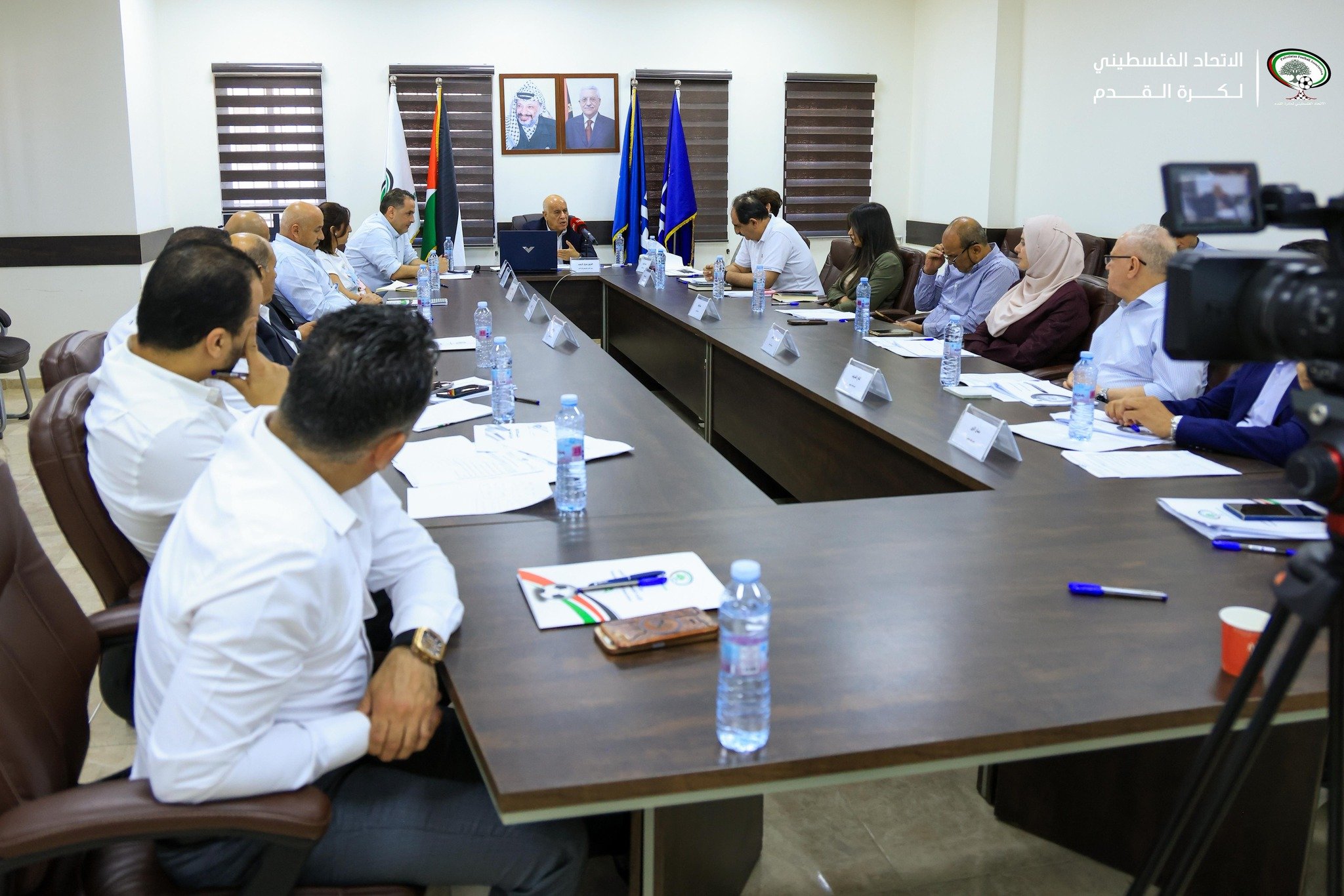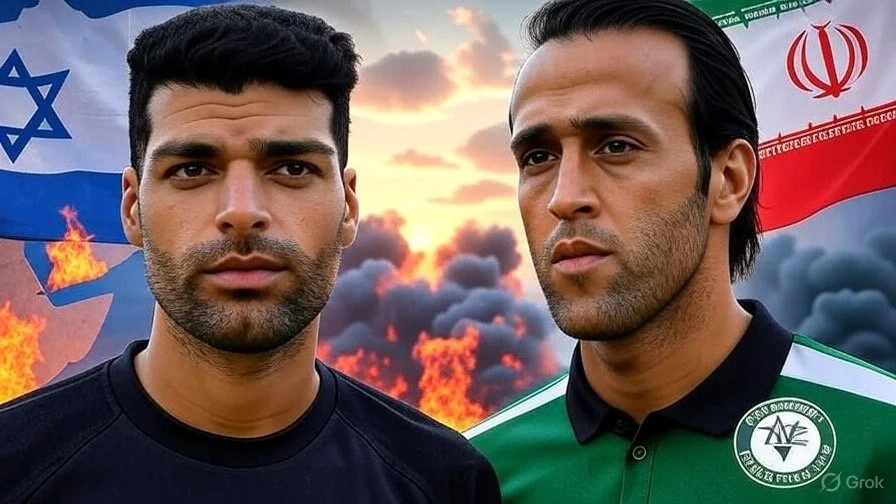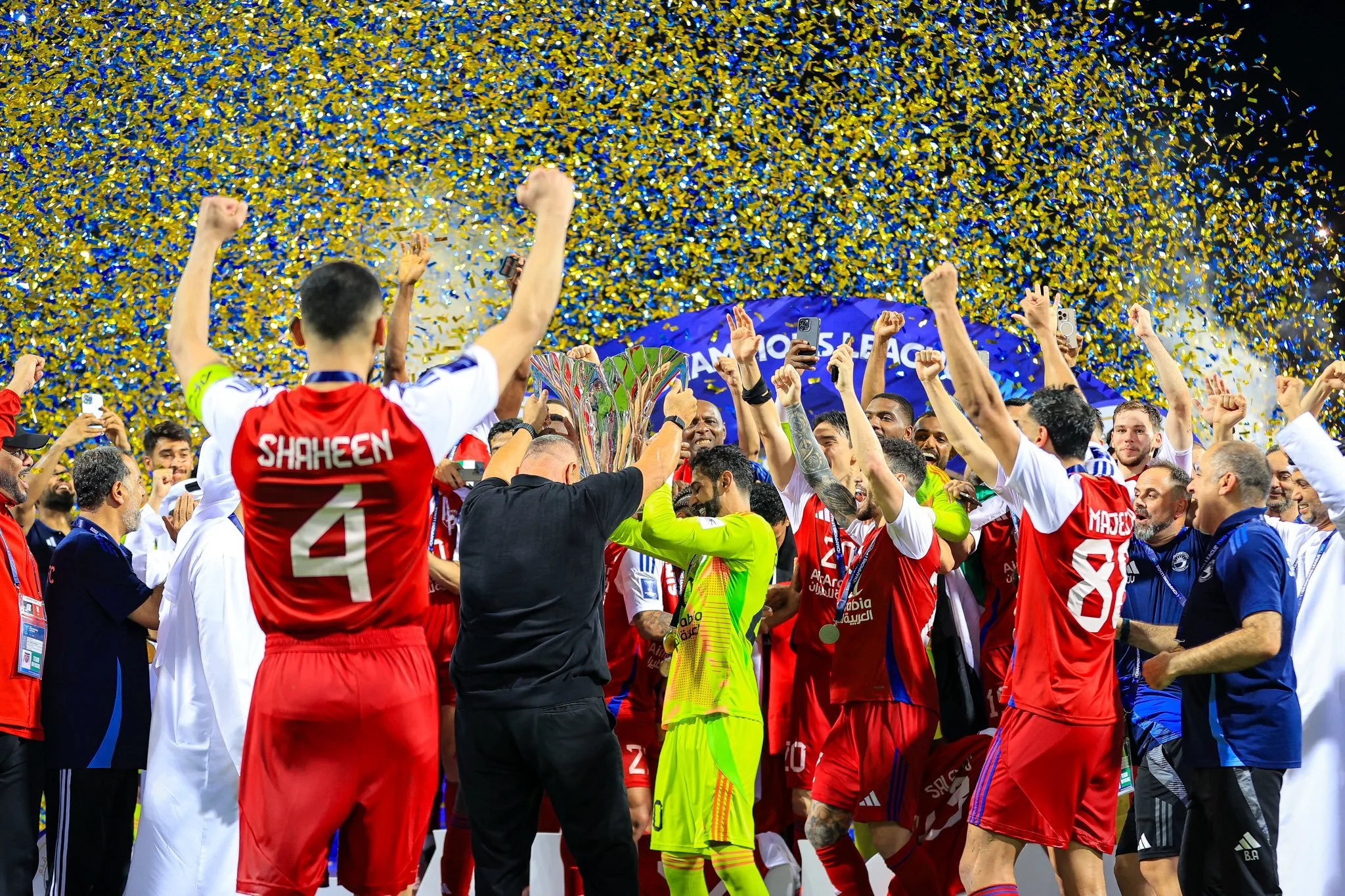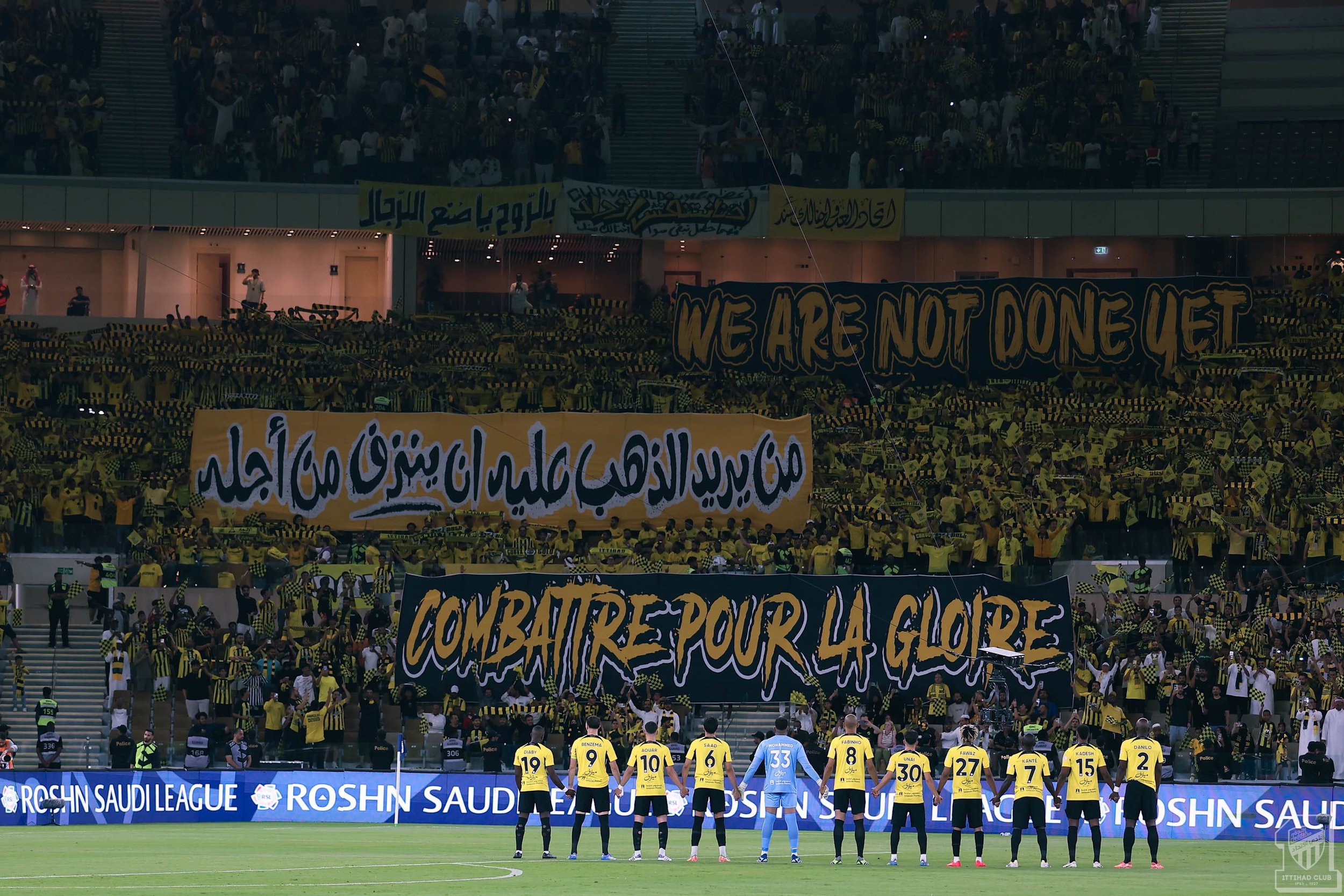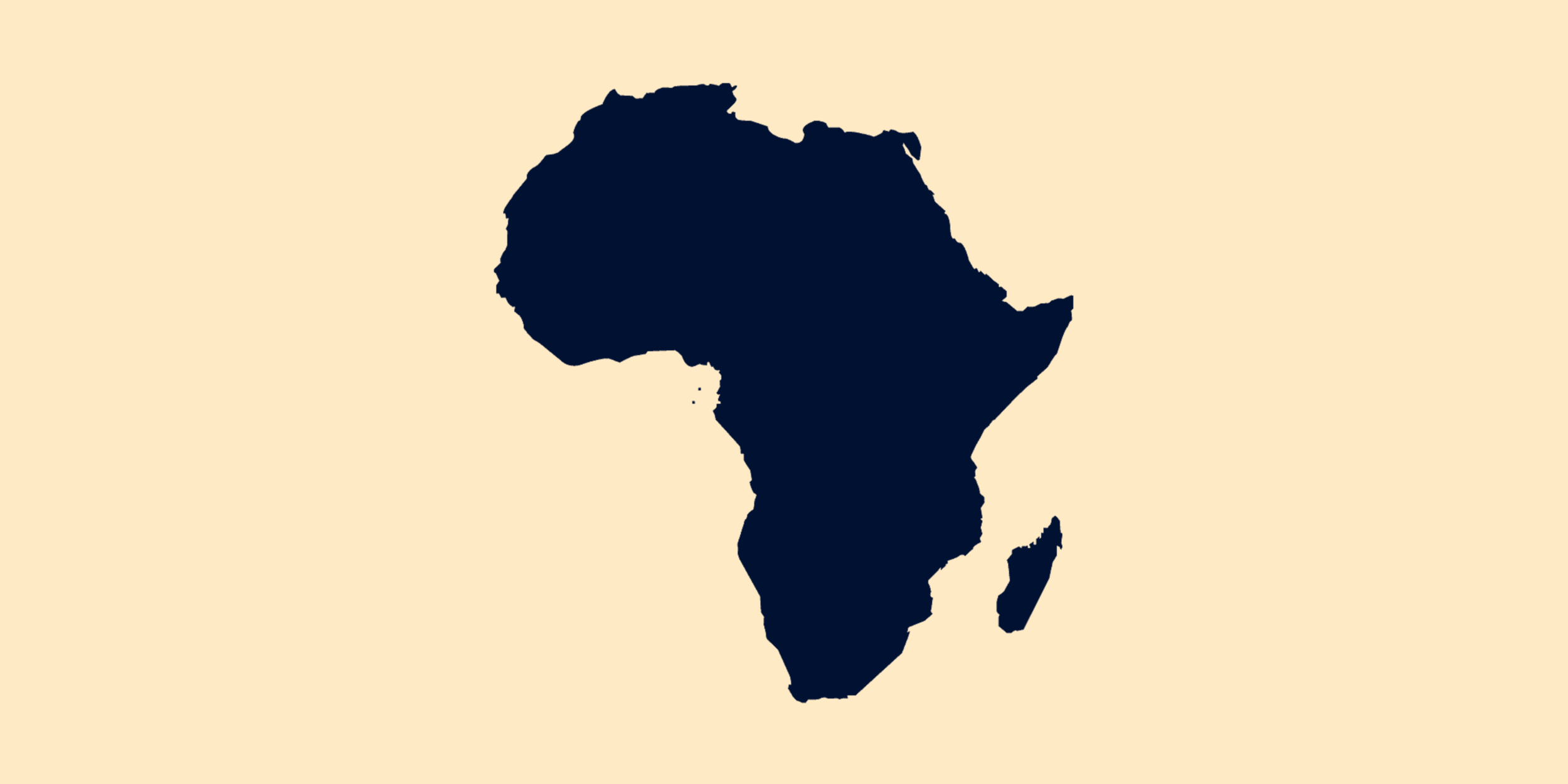At the end of last month, while the world's eyes were on Paris and the Olympic Games, in the same city, in a small ceremony, something significant, affecting the Middle East, occurred.
In the presence of FIFA President Gianni Infantino, Saudi Arabia submitted its hosting proposal for the 2034 World Cup. After Australia withdrew from the competition for hosting rights, the Saudis remained the only ones in the race to host the tournament, which will be played in a decade.
"This is a historic moment for us as Saudis. It fills us with pride and honour," said Yasser Al-Misehal, president of the Saudi Football Federation, at the ceremony. "We are full of confidence and faith in God, first and foremost, and then in Saudi citizens, to provide a special event that will amaze the world."
The Saudi proposal reached BabaGol and what is reflected in it is a futuristic event that in the next decade will generate many headlines, stories, interest, and as always, conflicts and criticism, because on the way to establishing a World Cup in a country like Saudi Arabia, the challenges are numerous.
Prince Abdulaziz bin Turki bin Faisal Minister of Sport (left) and Saudi Arabian Football Federation (SAFF) President, Yasser Al Misehal (second left), handing FIFA President, Gianni Infantino, the hossting bid for World Cup 2034. (Photo courtesy: Saudi 2034).
The 2034 World Cup will be a challenge for Saudi Arabia, as for the first time a single country will host a tournament of 48 teams. The proposal is based on three principles: the growth of the young population in Saudi Arabia, the growth of passion for football in the country among men and women, and the fact that this will be the World Cup that will concentrate the most teams, and consequently the most fans from different countries - in one place.
According to the plan, the '34 World Cup will have only five host cities, two of which will form the heart of the tournament. In the capital Riyadh, with about seven million inhabitants, there will be eight different stadiums, although currently only two of them exist and need renovation, one is under construction, and five more still need to be built from scratch, including King Salman Stadium, which is expected to have 92,000 seats and host the final match.
In Jeddah, the second largest city on the Red Sea coast and close to Mecca, there will be four stadiums - one existing and to be renovated, the second currently under construction, and two more to be built over the next decade. In Al-Khobar in the east, and Abha in the Asir province in the southwest of the country, there will be two more stadiums that will be ready between 2026 and 2032. In Neom, the city in the Tabuk region that is still under construction, a futuristic stadium will be built that will sit about 350 meters above the ground in a complex construction and will be ready about two years before the tournament opens. Yes. According to the plan, in the 2034 World Cup there will be one stadium that will sit, technically, in the sky.
In total, the Saudis need to finish building eight new stadiums from scratch, complete three that have already started, and renovate four existing ones. Apart from the host cities, there are ten more cities and hosting settlements for fans and teams spread across the country. To move between all these, the Saudis promise a transportation network dedicated entirely to the tournament - air (currently there are 3,300 weekly domestic flights in Saudi Arabia), sea (along the Red Sea and in the Persian Gulf) and land (buses and a developing railway and rail network) that will serve the teams, referees, FIFA officials, and of course the fans.
"The 2034 World Cup will be a golden opportunity to showcase the strength of Saudi Arabia, the dedication of its people, their harmony with the leadership, and their great unity in presenting an exceptional and unique image," concluded Al-Misehal, presenting the plan in Paris.
On paper, the Saudi World Cup reminds of the Qatari project of 2022, but on a giant scale. Here the World Cup is actually a peak event of a larger vision to which everything connects. Vision 2030 of Mohammed bin Salman, the Saudi Crown Prince, who is the man and driving force behind the proposal to host a World Cup in the kingdom.
In the last decade, Saudi Arabia has undergone far-reaching changes. Far-reaching reforms in women's rights who can drive alone, work and go to football matches - something that until the beginning of the last decade was considered forbidden - are the spearhead of the country with the most important Islamic role in the world, guarding the two holiest sites for Islam in Mecca and Medina.
In addition, Vision 2030 aims to open Saudi Arabia to the world in areas where it is still not a central player. As an energy superpower, mainly oil, bin Salman's Saudi Arabia is trying to develop tourism, culture, sports and innovation, and with huge investments in crazy amounts, the kingdom can become a central player on a global level in these areas as well.
Not all these moves are meant to impress the West and the world, but also internally. 60% of the country's population - about 20 million people - are under the age of 30, meaning Saudi Arabia is a very young country that will change beyond recognition in the coming decades. Bin Salman understands that he needs to speak to the young people who are the future of the dominant Sunni country in the Middle East, in their language. So tourism that will open Saudi Arabia to the world, culture that will bring famous artists and musicians to it, and of course football - the popular sport in the kingdom that also a significant part of the population suffers from obesity and serves as a source of personal example - are his main ways.
So Saudi Arabia wants to open up to the world and receive a seal of approval as a superpower thanks to the World Cup, but not everything is perfect in the vision and its implementation. The issue of human rights and the workers who will build the new stadiums and cities is of course critical. The issue that occupied the whole world in the preparations for the World Cup in Qatar - and is starting to raise red flags now as preparations for USA-Mexico-Canada 2026 are beginning to accelerate - will occupy many around the world. In Saudi Arabia, there is currently no infrastructure to establish the plan they promise. Many things need to start building from scratch. The question is at what cost, and if anyone even asks, when money is not an issue.
Another issue is the matter of time and weather. This World Cup is planned to be played between October and November 2034, as any thought of a summer football tournament in Saudi Arabia with millions of fans from around the world doesn't make sense. And here global warming enters in two ways. The climate in the Middle East by 2034 is expected to warm up even more now, but mainly, how much oil will be used to establish the required infrastructure. Already today there are those who blame Saudi Arabia for its part in the warming of the Earth as a country that relies on oil. The Qataris well remember the criticism on these two areas for years throughout the preparations for the 2022 World Cup, and it will be interesting to see how the Saudis will deal with it.
Finally, we need to remember where we are operating. The Middle East is currently in historic days. The war in Gaza that divides the region that is entirely on the brink of a comprehensive regional war between Iran and its allies and Israel and the United States, can change reality until 2034 several more times. It's important to remember, an essential part of bin Salman's Vision 2030 is the peace agreement with Israel, which also includes, according to sources close to the Saudi authorities, the establishment of a Palestinian state. According to various publications, the Saudis, who officially renewed relations with Iran only last year, want normalization with Israel that will support them in case the Islamic Republic decides to attack them.
Part of bin Salman's security vision for 2030 is to create a system of checks and balances between all the dominant sides in the region, with Saudi Arabia as the power in it. Is such a thing possible by 2034? It's too early to say. During the 2022 World Cup, for a whole month there was a ceasefire in fighting, attacks and terrorist attacks across the Middle East. The Saudis indeed dream of hosting a World Cup after the agreement with Israel is signed, that the regional war has dropped off the agenda, but they will be willing to settle for even a single month of a break in the eternal security tension of the Middle East.
So 30 years after Saeed Al-Owairan's famous goal in the 1994 World Cup that brought the Saudis to the knockout stage in the first World Cup they participated in, Saudi Arabia is starting to prepare to host a World Cup itself. The aspirations are indeed sky-high, but the challenges are enormous, the burden of proof is open, and the way there passes, among other places, through Israel.


